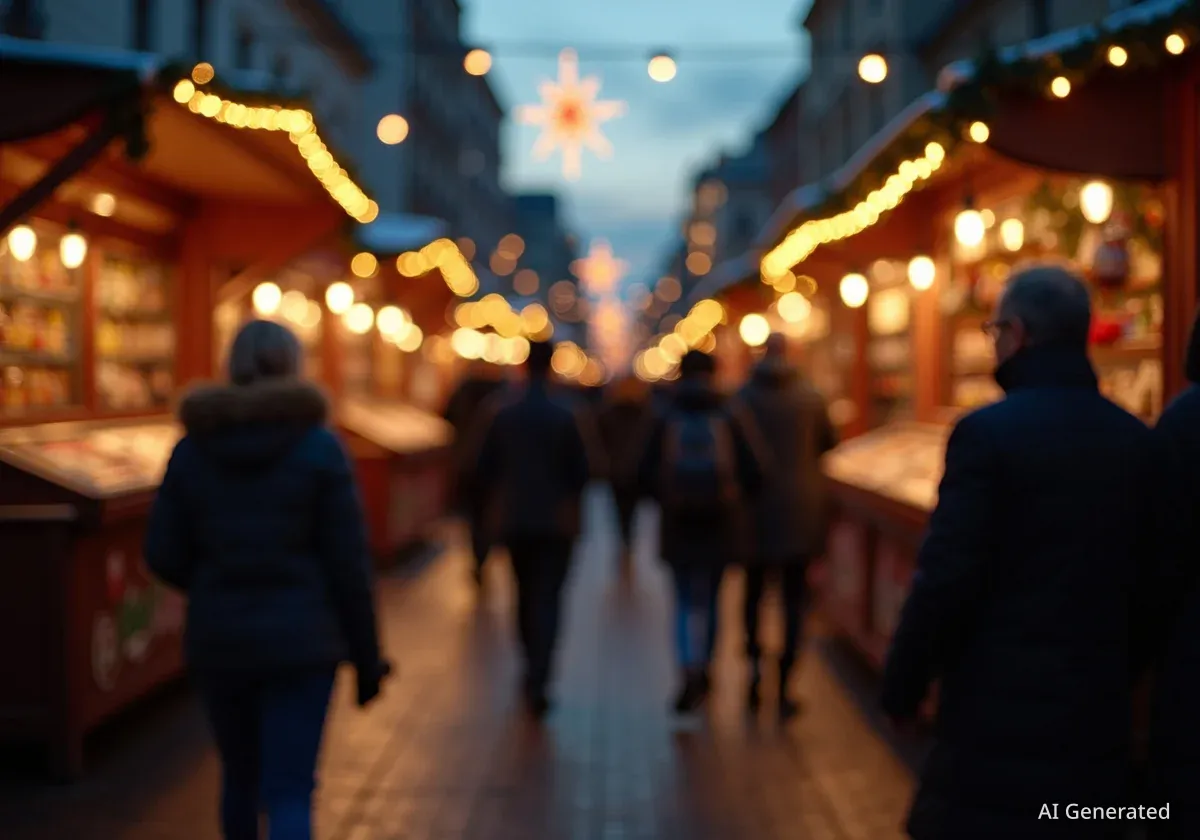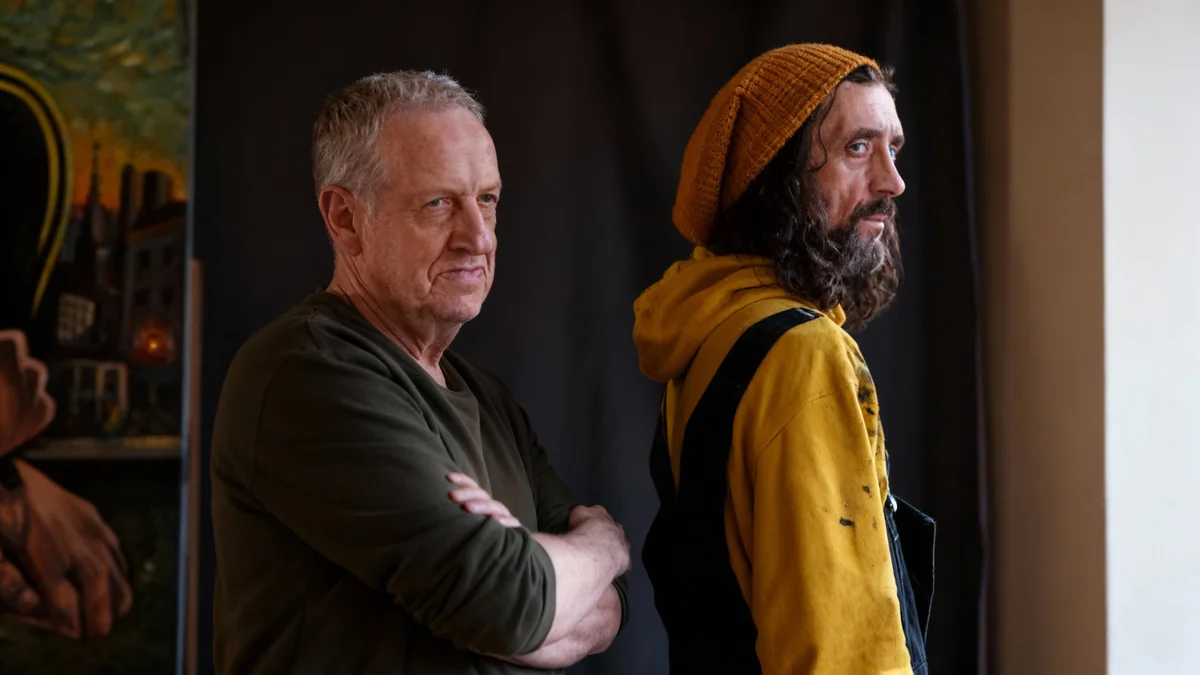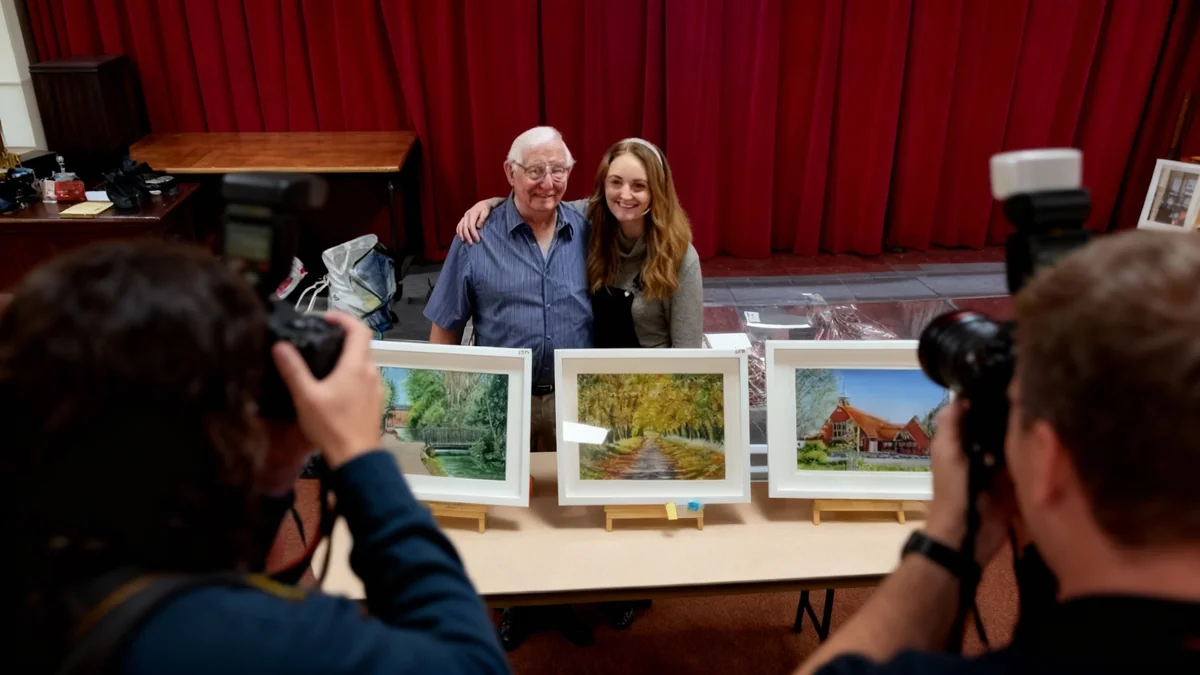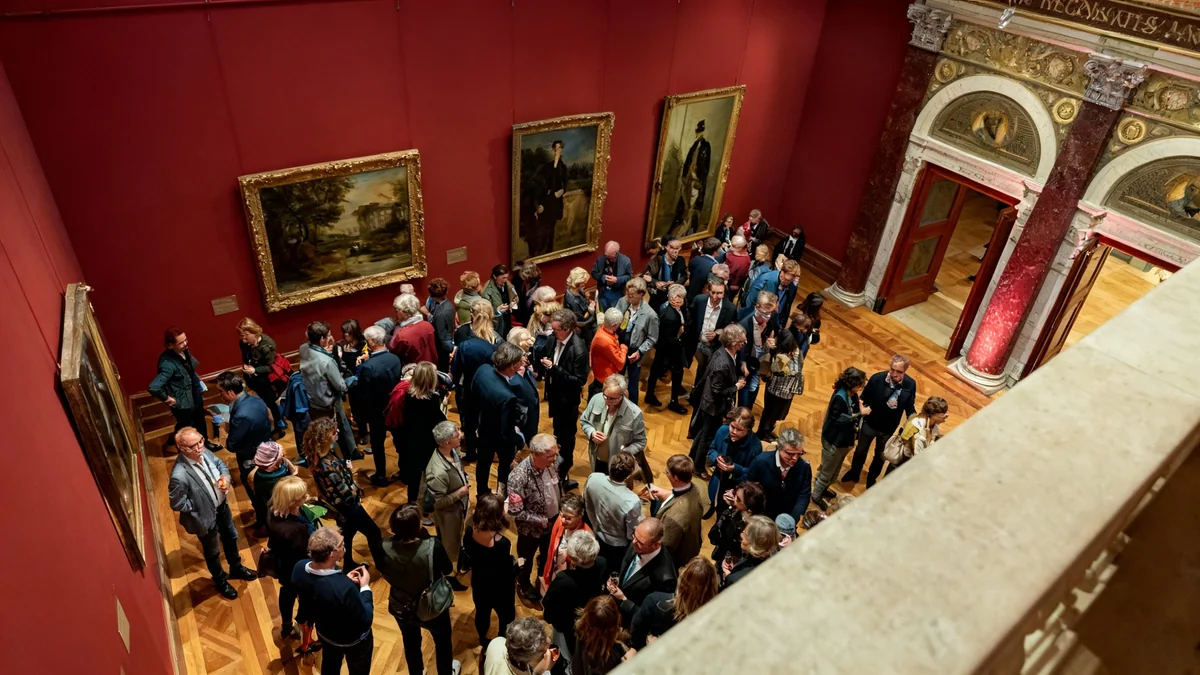Photographer Rui Wang, based in Tampa, Florida, is gaining recognition for his unique approach to holiday photography. His new book, Not Everything Was Seen, presents images that capture fleeting moments, focusing on what is "almost seen" rather than explicit details. Wang's work invites viewers to engage actively with each photograph, completing narratives that are intentionally left open.
Key Takeaways
- Rui Wang's new book, Not Everything Was Seen, features ambient holiday photography.
- His style emphasizes moments that are implied or "almost seen," rather than fully declared.
- Wang uses analog cameras like the Contax G2 and Mamiya 6 MF to control pacing and light.
- His work is influenced by traditional Chinese painting and calligraphy, focusing on line, rhythm, and negative space.
- The photographs aim to be contemplative, encouraging viewer participation in creating the story.
Ambient Photography Style Captures Elusive Moments
Rui Wang's photographic style is distinct. He describes his images as "notes to the self rather than postcards." This approach means his photos suggest stories without fully explaining them. Viewers often find themselves leaning into the images, seeking out details that are intentionally obscured or partially visible.
Wang explains his philosophy:
"I tried to choose fragments that felt like notes to the self rather than postcards, moments that suggest a story without explaining it."This statement highlights his focus on personal observation over traditional documentation.
Artist Background
- Origin: Born in Taiyuan, China.
- Current Base: Tampa, Florida, USA.
- Medium: Primarily analog photography.
- Theme: Exploration of memory, particularly elusive memories.
In Not Everything Was Seen, Wang presents scenes that are typical of holidays. However, he photographs them as an observer passing through, much like a ghost or a guardian angel. This perspective allows him to capture events without claiming them. It creates a sense of detachment, yet also deep contemplation.
The Power of the "Almost Seen" in Visual Storytelling
Wang believes that when an image holds back, the viewer steps forward. He states that the "almost seen is an invitation." This concept is central to his work. He points to elements like a reflection on glass, a figure behind a curtain, or soft dusk light on a street corner. These are places where presence is felt but not fully declared.
"A reflection on glass, a figure behind a curtain, dusk light softening a street corner — these are places where presence is felt without being fully declared," Wang notes. "I am interested in that gentle participation, the way a picture can become a mirror rather than a statement."This quote emphasizes the interactive nature he seeks to create with his audience.
The photographer aims for his images to "breathe." This allows viewers to meet them halfway. He believes that the almost visible matters because life often happens at the edges. It occurs in pauses, afterglows, and lingering traces. This philosophy guides his selection of subjects and his framing.
Influence of Traditional Art
Growing up in Taiyuan, China, Rui Wang studied traditional painting and calligraphy. This background taught him to appreciate line, rhythm, and negative space. These principles are evident in his photography, contributing to the contemplative quality of his film images.
Technical Approach: Analog Cameras and Measured Pacing
Wang uses specific analog cameras to achieve his desired aesthetic and pacing. He often works with a Contax G2 and a Mamiya 6 MF. Each camera serves a different purpose in his creative process.
- Contax G2: This camera allows for quick reactions. It helps Wang capture small gestures and spontaneous moments effectively.
- Mamiya 6 MF: This medium format camera encourages a slower, more deliberate approach. It enables Wang to construct careful framing and pay close attention to composition.
Using analog film inherently changes the pace of photography. Unlike instant digital cameras, analog requires purposeful metering and careful consideration of light and timing. This deliberate process contributes to the unique quality of Wang's photographs.
Capturing Unnoticed Details
The result of this careful process is a collection of fleeting moments. These are moments that even the subjects within the photos might not be aware of. Some of his striking photographs include:
- Spots of light on the ground.
- Panoramas that connect several people in a scene.
- Scanlines visible on a CRT television screen.
These details are often naked to the human eye in real-time. However, they become retrievable through the camera lens and Wang's patient, outside perspective. This focus on subtle visual information distinguishes his work.
Holiday Photos as a Way of Noticing
Wang redefines the concept of "holiday photos." He does not see them as mere souvenirs. Instead, he views them as a way of noticing. For him, "holiday photos" refer to casual, everyday snapshots that are close to life. These include quiet moments between places and ordinary details often overlooked.
"I wanted to treat ‘holiday photos’ not as souvenirs, but as a way of noticing. By ‘holiday photos’, I mean the casual, everyday snapshots that live close to life: the quiet moments between places, the ordinary details we usually pass by," Wang explains.This perspective elevates the mundane to something significant.
His appreciation for design also influences his photography. Structures from his design work reappear in the sequencing and pacing of his images. Recurring motifs and measured distances between photographs create a coherent visual narrative. When a story needs structure, he designs a system for clarity. In photography, he applies a similar principle but infuses feeling into his photos. This allows viewers to embark on their own contemplative journey through his atmospheric landscapes.
Rui Wang's work challenges traditional notions of memory and observation. His ambient photography invites viewers to look closer, to participate in the narrative, and to appreciate the subtle beauty in everyday, often overlooked, moments.




